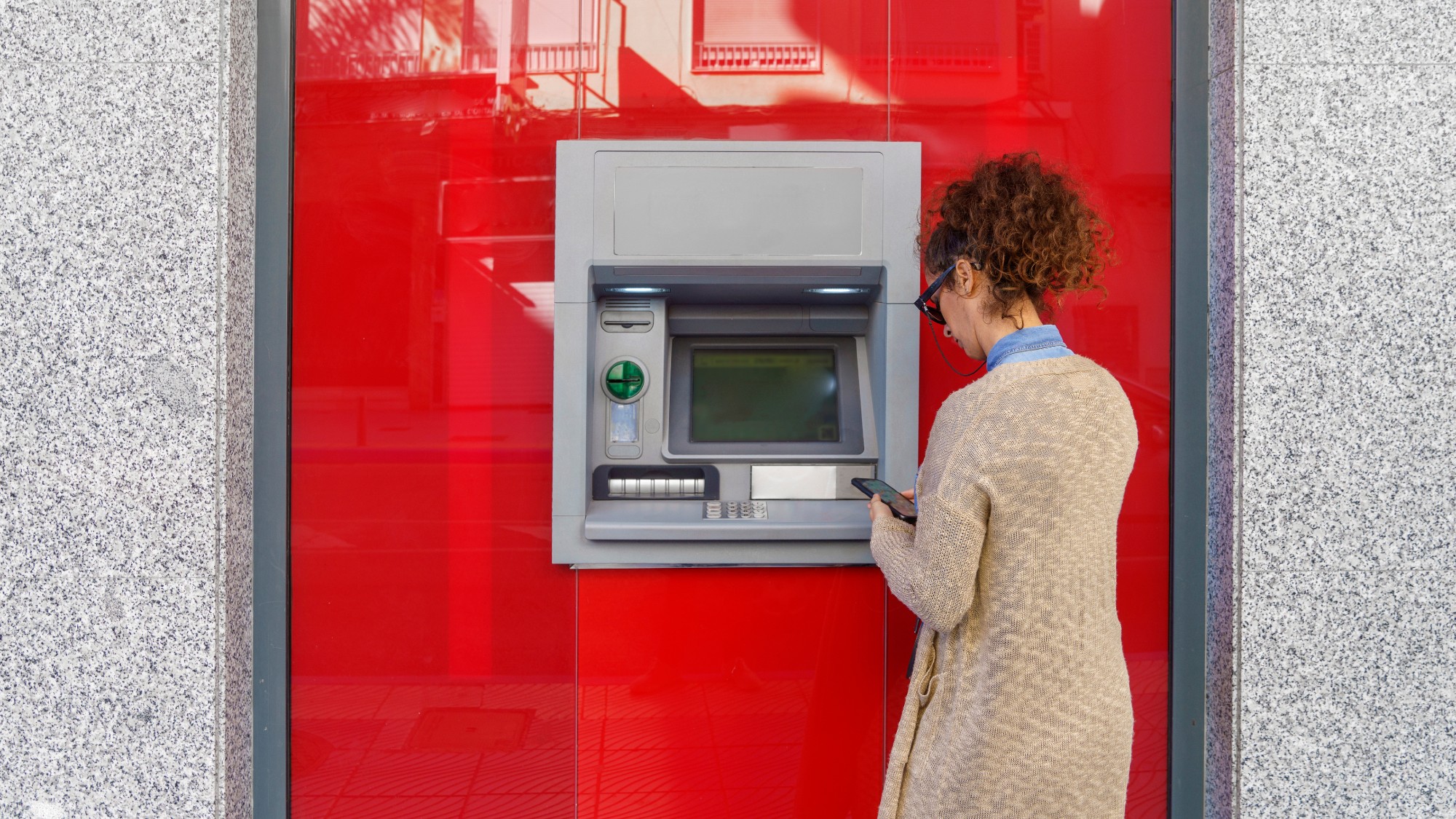What to know as student loan collections resume
The restart comes as part of the Trump administration's reversal of Biden-era policies


After a five-year pause that began as part of Covid relief efforts, student loan collections resumed on May 5, 2025. For borrowers, this means that if their loans are in default — for federal student loans, that occurs after 270 days or more of non-payment — they could face seizure of their wages as well as of their tax refunds and federal benefits.
The restart comes as part of the Trump administration's "focus on recouping payments from defaulted student loan borrowers" and reversal of Biden-era policies, said CNBC. It is estimated that "more than 5 million borrowers are currently in default," and the Trump administration has projected that total could "swell to roughly 10 million borrowers within a few months," given the number of people currently behind on their loan payments.
What happens if your loans go to collections?
When student loans go to collections, the Department of Education takes action to recoup the amount owed. Under the Trump administration, this will occur "through a Treasury Department program that withholds payments through tax refunds, wages and government benefits," including Social Security benefits and disability benefits, said NBC News. That money is then applied toward the outstanding student loan debt.
The Week
Escape your echo chamber. Get the facts behind the news, plus analysis from multiple perspectives.

Sign up for The Week's Free Newsletters
From our morning news briefing to a weekly Good News Newsletter, get the best of The Week delivered directly to your inbox.
From our morning news briefing to a weekly Good News Newsletter, get the best of The Week delivered directly to your inbox.
Beyond facing the loss of wages and any federal payments, borrowers will also see impacts to their credit score, perhaps by "as much as 129 points," said CNBC, citing VantageScore. Lower credit "can make it more difficult to qualify for an apartment rental or impossible to obtain new loans," said The New York Times.
How do you know if you will face student loan collections?
Prior to facing collections efforts, your loans must have entered default, which happens for federal loans after you have not made payments for 270 days or more. If your loans are in default, you will get an email from the Federal Student Aid office alerting you and encouraging you to contact the Default Resolution Group to resolve the situation.
You also can find out if your loans are in default by visiting the Federal Student Aid website or getting in touch with your loan servicer.
How can you get out of default and avoid collections?
The Department of Education has a Default Resolution Group that borrowers can work with to determine a path forward. Paying off the loan balance in full is one way out, but that is not feasible for many people. Instead, borrowers already in default may consider:
A free daily email with the biggest news stories of the day – and the best features from TheWeek.com
Loan consolidation: With this option, existing loans are combined into and replaced by a new loan, streamlining monthly payments. Borrowers in default must meet certain criteria to qualify, and the default will remain on their credit history.
Loan rehabilitation: A one-time option for borrowers in default is to rehabilitate their loans by voluntarily making nine consecutive payments in an amount determined by the loan servicer within a 10-month period. After that, "the default notice will be removed from your credit report," said CNN.
Becca Stanek has worked as an editor and writer in the personal finance space since 2017. She previously served as a deputy editor and later a managing editor overseeing investing and savings content at LendingTree and as an editor at the financial startup SmartAsset, where she focused on retirement- and financial-adviser-related content. Before that, Becca was a staff writer at The Week, primarily contributing to Speed Reads.
-
 Kushner drops Trump hotel project in Serbia
Kushner drops Trump hotel project in SerbiaSpeed Read Affinity Partners pulled out of a deal to finance a Trump-branded development in Belgrade
-
 Son arrested over killing of Rob and Michele Reiner
Son arrested over killing of Rob and Michele ReinerSpeed Read Nick, the 32-year-old son of Hollywood director Rob Reiner, has been booked for the murder of his parents
-
 US offers Ukraine NATO-like security pact, with caveats
US offers Ukraine NATO-like security pact, with caveatsSpeed Read The Trump administration has offered Ukraine security guarantees similar to those it would receive from NATO
-
 3 ways to reduce the cost of owning a car
3 ways to reduce the cost of owning a carthe explainer Despite the rising expense of auto insurance premiums and repairs, there are ways to save
-
 How to shop smarter with a grocery budget
How to shop smarter with a grocery budgetThe Explainer No more pushing your cart down the aisles on autopilot
-
 What will next year’s housing market look like?
What will next year’s housing market look like?The Explainer Here is what to expect from mortgage rates and home prices in 2026
-
 What are the pros and cons of a Roth conversion for retirement?
What are the pros and cons of a Roth conversion for retirement?Pros and Cons By converting a traditional IRA to a Roth IRA, retirees can skip paying taxes on their withdrawals
-
 4 easy tips to avoid bank fees
4 easy tips to avoid bank feesThe Explainer A few dollars here and there might seem insignificant, but it all adds up
-
 4 often overlooked home maintenance tasks that could cost you later
4 often overlooked home maintenance tasks that could cost you laterThe Explainer A little upkeep now can save you money down the road
-
 What’s the best way to use your year-end bonus?
What’s the best way to use your year-end bonus?the explainer Pay down debt, add it to an emergency fund or put it toward retirement
-
 What are portable mortgages and how do they work?
What are portable mortgages and how do they work?the explainer Homeowners can transfer their old rates to a new property in the UK and Canada. The Trump administration is considering making it possible in the US.
